We are so happy to welcome a fabulous guest, Laura – a sought after speaker, teacher, event planner and health facilitator who maintains a thriving private practice in Meridian, Idaho as well as an extensive coast-to-coast phone practice. She is here sharing how to help a child who is hurting: 3 Steps to encourage emotional resilience. Let’s give her a warm, HowDoesShe welcome!
How many times a week do you hear a cry of pain from one of your children? Your tearful child runs up. Quickly you assess the situation looking for blood or injury, asking where she is hurt.

You bandage the boo-boo or ‘kiss it better’ and she skips happily back to play.
Validating children’s emotional pain is just as important. As much as we want to protect them, the truth is that even seemingly small events can negatively influence:
- how children feel about themselves (unworthy, unlovable, not enough)
- how they see their place in the world (“I don’t matter”)
- how they will react in the future (from a place of fear or failure)
It may not be enough to simply tell children they are going to be okay. A better way would be to help them process their distress in order to develop emotional resilience – the ability to recover quickly from emotional pain or stress.
As parents, grandparents and teachers we help children to feel heard and understood using our ears and eyes.
We can use ‘EAR’ and ‘ize’ to recall
3 steps to encourage emotional resilience:
Empathize, Analyze, Revitalize
1. Empathize. It’s not what happened that matters; it’s how it made you feel.
Just as you might ask your children where they are hurting physically; we also need to help them identify how they are hurting emotionally.
- We help a child identify the hurt by asking, “How did that make you feel?”
For children up to ages 4-8 it’s okay to have a small emotional vocabulary – “I feel…sad, mad or bad”. As children mature they may need additional support to identify more complex emotions.
When hurt feelings are named we can validate them by:
- mirroring – repeating back the specified emotion. For example saying, “Oh, so you feel disappointed.”
- agreeing – with a validating phrase such as, “I’ll bet you were disappointed” or “That must have been hard.”
While validation creates readiness to let go of painful emotions, imagery allows us to tap into the subconscious mind where memories are stored.
Using children’s wonderful imaginations we can invite them to release their troubling feelings by blowing them into a make-believe bubble…
…or pretending to blow up a balloon and watch it float away.
This technique provides a simple method for releasing uncomfortable feelings in the future.
2. Analyze. Simply ‘letting go’ of the hurt feelings may not be enough. Another part of emotional resilience is developing problem solving skills.
- We invite a child to discover solutions by asking, “What do you need?”
A child might come to realize he or she needs someone to:
- just listen
- hold their hand
- give a hug
- offer advice
- remind them they are brave, smart or strong enough to overcome any challenge.
It is best not tell children what you think they need so that they can learn to trust their own ability to discover solutions. Instead, ask questions such as, “What would you like to happen now?” or “What can you do differently next time?”
3. Revitalize. Showing children they have the power to choose how they want to feel, no matter what happened, helps them develop the emotional resilience to bounce back from hurts and stress.
- We guide a child to rebound by asking, “How do you choose to feel now?”
Speaking affirmations (positive statements) while adding a physical action connects the body and brain, releasing helpful hormones and allowing children to anchor desired feelings.
Invite your child to use two fingers to tap an empowering phrase into their body such as:
“I choose to feel _______________(happy, safe, peaceful, etc.) now!”
OR strike a power pose to claim a positive affirmation such as:
“I am ______________!” (I am strong, I am brave, I am safe to be me, etc.)
When children know we will listen without judgment, help them discover their own good solutions and offer tools to feel better now, they will develop emotional resilience. Meanwhile we earn their trust which hopefully promotes future sharing.
Children will feel heard and understood as we employ ‘EAR’ and ‘ize’ to:
- Empathize: “How did that make you feel?”
- Analyze: “What do you need?”
- Revitalize: “How do you choose to feel now?”
encouraging emotional resilience to better handle whatever ‘hurts’ life may bring.
Meet Laura: Empty nester with a full life, Laura enjoys bringing people together and connecting one on one. Outdoor enthusiast with her adventurous husband and three children, Laura thrives on sunshine, singing and seeking enlightening. As an emotional release guide integrating the most effective techniques from her training in a host of healing modalities, Laura awakens others to access emotional resilience tools to make peace with the past, process the present and fashion the future.
Learning how to raise emotionally resilient children is so important and can be a daunting task. We are happy to share what we have found with you – check out some of these great posts to help you navigate your vital role as parent and caregiver:
Expressing Feelings through Chalkboard Speech Bubbles
Fostering Emotional Intelligence in our Children

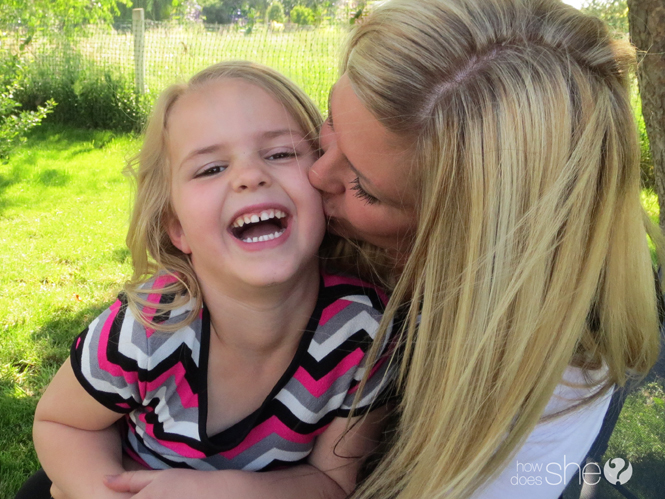

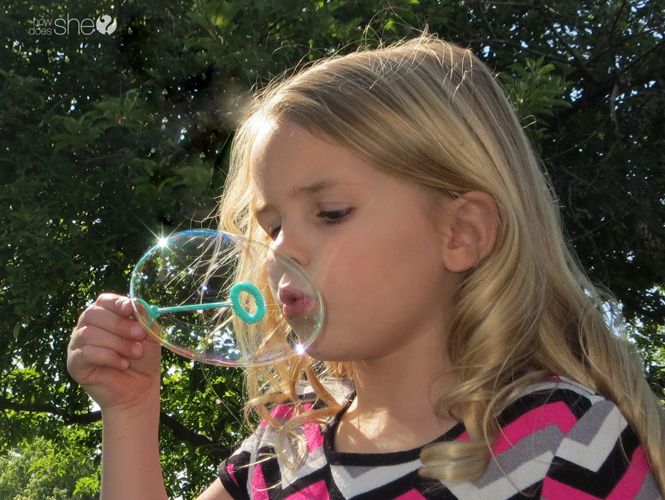

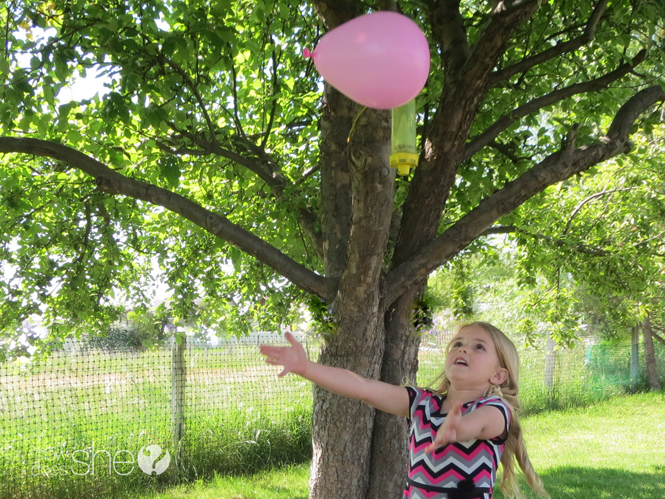

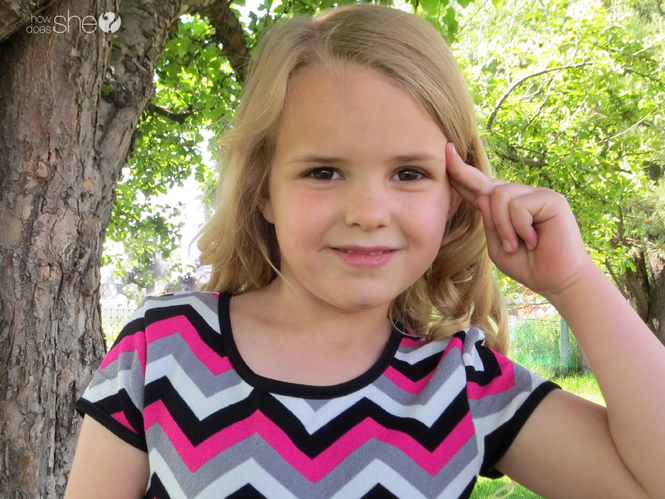
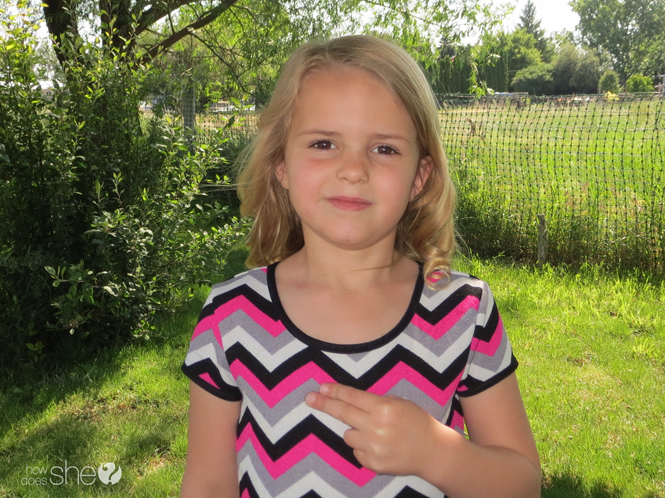


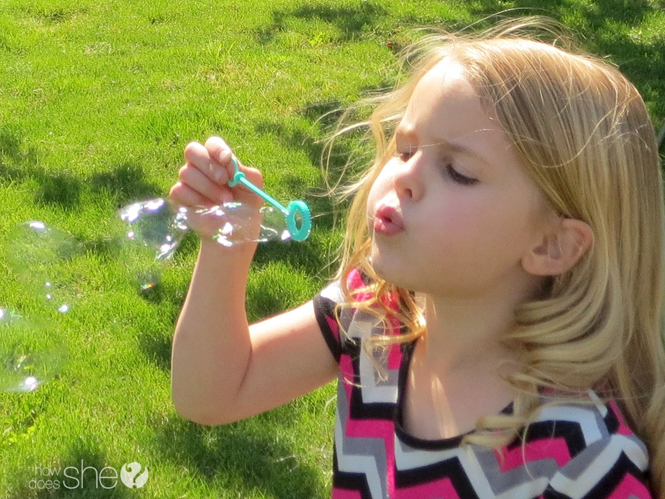


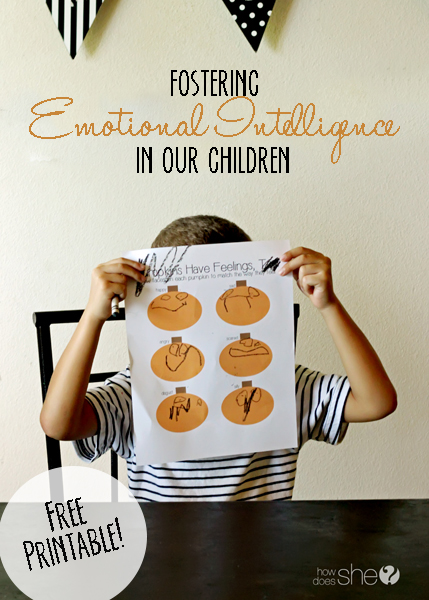


Leave a Reply